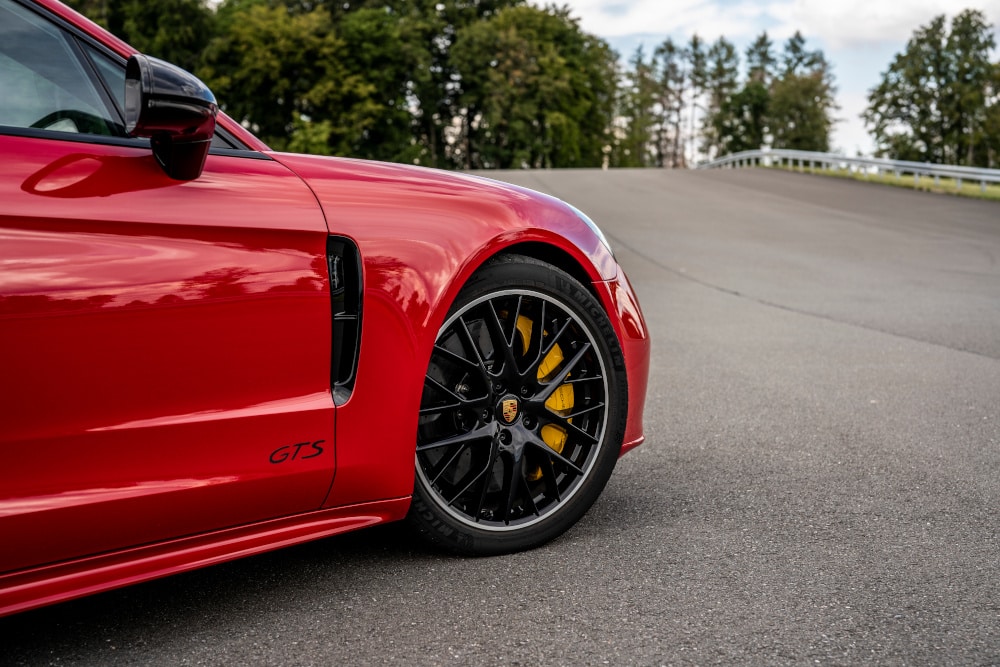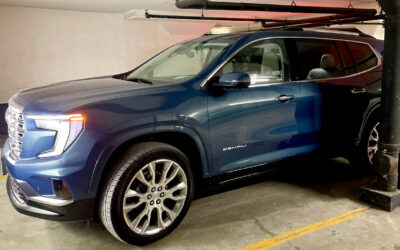Everyone knows that maintaining your car in a proper condition is a year-round practice. But it becomes especially important (and sometimes difficult) when the seasons begin to change. Plus the conditions of the roads change along with them.
Related: Should you rent an exotic car or supercar before buying one?
That said, you should be looking at accommodating your car care practices along with the shifting weather patterns and potential hazards each season brings with it. To help keep you and your vehicle safe as the seasons change, read on to this list of preventative measures. These are tips you should consider as the temperatures cool down or warm up.
Car maintenance: New tires
The quality and appropriateness of your tires depend on the requirements of each season. That’s true whether you choose to roll on all-seasons until the snow and ice hit, or you rotate between a pair of summer and winter tires depending on the weather. You’ll need help switching back and forth, and making sure that everything lines up evenly to ensure you’re driving in smooth and safe conditions.

Regular tire maintenance includes…
Checking your tire pressure – keeping your tires properly inflated will ensure safe acceleration, braking, and overall steering performance. Check the tire pressure before setting off to drive at least once a month. If you’re unsure as to what the adequate tire pressure for your car should be, check the vehicle information placard. That’s located on the driver’s side, front or back door of your car, which should list the pressure for both your front and rear tires.
Rotate your tires – rotating your tires on a regular basis has been proven to extend their durability and improve overall performance. It is recommended that you do this once every 10,000 – 12,000km or six months. Importantly, you should ensure that, after rotating your tires, they should be balanced so that you can avoid rapid and premature tire tread wear.
Avoid overloading your car – regularly overloading your car will inevitably cause damage to your tires. It will weaken the sidewall and make them more susceptible to failure, especially if you don’t maintain the correct tire pressure as mentioned above.

Oil change
Inevitably, you will find that in spring and summer there will be a significant increase in additional debris and dust in your vehicle. Dry and dusty roads, rain, insects, and other environmental factors which negatively affect the well-being of your car are more intense and drastic during these warmer seasons. So it is imperative that you prepare for this by changing your oil.
Due to the increase in heat during the long summer months, you will find that there is a faster depletion of fluids in your vehicle. Over time without adequate maintenance, your car’s oil will become clumpy and sticky, rendering it useless. You should get an oil change every 6 months or 10,000 miles.
Additionally, when buying a luxury car, acquiring the correct grade of oil is key to making sure your vehicle is up and running during the toughest months of seasonal change.
Car maintenance: Brake inspection
Stopping power lessens on ice and snow, which makes any seasonal change a good time to have a brake inspection. Your mechanic will check out the calliper, rotor, drum, and pads. That person will make sure everything is in working order. Since checking the brakes takes a small amount of time, this should be a high priority. It is one of the easiest ways to keep you and your passengers safe without doing a complete vehicle overhaul.
Therefore, keep your vehicle as reliable as possible by learning more about car accidents and having your brakes checked regularly. When the roads get slick, you’ll be thankful you did.

Rinsing your car
Just by taking your vehicle to a commercial car wash for an undercarriage spray, you can remove salt, mud and rocks from the underside of your car in a safe way that doesn’t have to be too expensive. If you do this yourself, you can run the risk of damaging paint, jolting or disconnecting shock absorbers, or other hazardous consequences that will impact both your wellbeing and your car’s.
Some cars have protectants that guard against rust. But those aren’t necessarily always infallible, especially on the undercarriage. The brine solution used to combat ice on many roads is even more corrosive than rock salt. And it works this way into the crannies of the underside, eating away at the parts.
With every different season, comes the opportunity to venture out in your car and take on a new destination. However, it is important to keep in mind that you shouldn’t leave your car maintenance routine on autopilot. Keeping your car in great condition by staying on top of your routine and maintenance is one way to protect your vehicle and yourself long term.

I am a 50-something Torontonian who loves everything about my city. It’s been my home, my playground, for my entire life. I went to school here. I met my wife here. I own real estate here. I love writing about the transformation of my city on the world stage, which hasn’t been anything short of dramatic. That continues on, as I write this. I write on the real estate scene. I write on travel and fashion. I like following the world of luxury watches.
But I love writing about cars – check that, luxury cars, a level of superior, engineering sophistication, high performance and style, that transports you not just from one destination to another but also out of whatever you are going through on a particular day, whatever mood you are in, all to another head space. It’s complete and total exhilaration, head to toe.
Check out my stories, and email me direct at mkeast@regardingluxury.com













